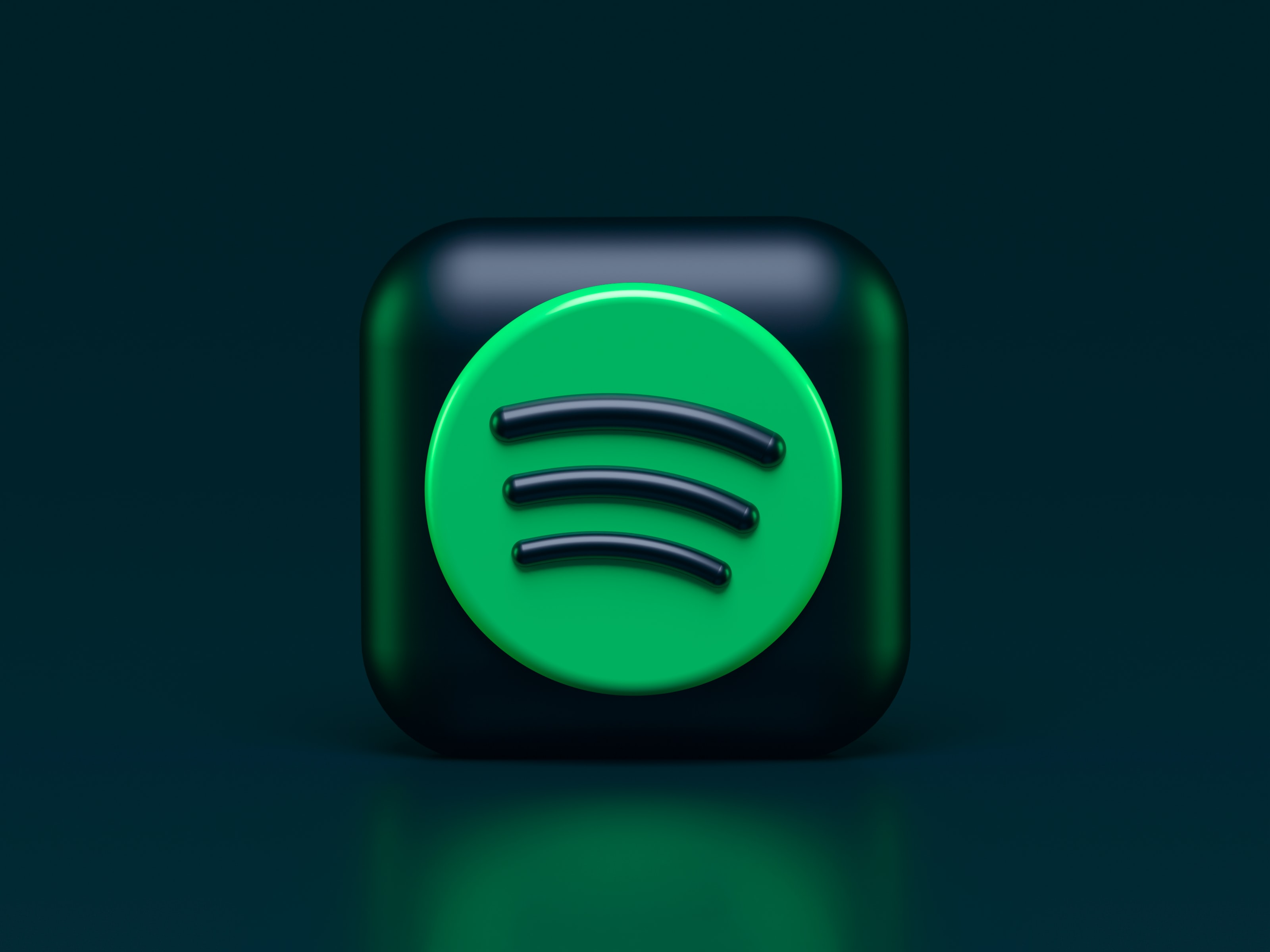Spotify’s diversification strategy is finally showing results. The firm has been investing for years in podcasts to move away from its core business, music. So far, the tactic is working. Demand for audio news is still rising, and ads within those podcasts are bringing in revenue. Spotify has become the podcast king in little over three years, and it intends to remain on the throne.

Spotify began its incursion into the podcast industry in 2018, when it started producing its own shows such as “Amy Schumer Presents: 3 Girls, 1 Keith”. The following year, the company spent around $600 million purchasing both podcast production firms and platforms to monetize that content. Narrative podcast network Gimlet Media, crime and mystery podcast producer Parcast, the platform to host and monetize podcasts Anchor and podcast company The Ringer were among them (read Spotify’s podcast aspirations). At the same time, the company secured exclusive deals with shows such as “The Joe Rogan Experience” and Obama’s studio Higher Ground Productions. This past November, Spotify also purchased Megaphone, a podcast hosting and ad firm.
These acquisitions put Spotify in a great spot regarding content production. And it makes sense. According to Pew Research Center, as of 2021, 41% of Americans over 12 years old have listened to a podcast in the last month. In 2008, that percentage was only 9%. Demand for podcasts is increasing, and the trend is expected to continue. Spotify saw it and made a bet—music was not everything. It worked. The company’s last quarter earnings show that podcast listening increased 30% year over year among those already listening to podcasts on the platform. But how could the company make a profit?
In its music business Spotify has worked with two main types of revenues—subscription fees and ads for those users who do not pay subscriptions. For podcasts, which is a different beast, the firm tried to do something similar. It included ads in its podcasts and the results soon came—ad revenue increased by 627% year over year. The result is outstanding, and Spotify is expected to continue pushing its ad strategy within podcasts. Given the background of the podcasting industry, ads make sense—the audio news industry has traditionally been open to listeners and financed through advertisers and sponsors. Spotify also rolled out Spotify Audience Network, which lets advertisers buy spots in podcasts depending on the audiences instead of the shows themselves. But ads are not everything for the Swedish firm. In April, Spotify launched its paid podcast subscriptions through Anchor. With the tool, creators can decide to put their content behind the paywall and charge listeners. At the time, the platform vouched not to charge podcasters for its use or collect a portion of their subscription dollars for the first two years. This leaves creators more space to decide over their content while testing whether subscriptions work for the podcasting sector.
Although the company faces competition from Amazon and Apple in terms of securing users, Spotify is making sure it stays ahead. The Swedish firm was the first to launch such a personalized platform for listeners long before its competitors. As a result, in 2020, the app had 138 million subscribers, while Apple Music had 72 million and Amazon Music had 55 million. But these latter two platforms could easily catch up to Spotify because they have something the streaming firm lacks—a rich war chest and a distribution network. In addition, Apple has millions of iPhones already in the market and can tilt its users’ preferences towards its own products. At the same time, Amazon appeals to a vast audience which it can turn into listeners. But Spotify was the first mover in a market that was growing. That and its diversification have made it its king.
An obstacle it might have to overcome is its reduced number of monthly active users in the last quarter—Spotify missed its target. Although the company has blamed the pandemic for the bump and the rest of the metrics have been excellent, it’s a number to watch. It surely raises a question—how big is Spotify’s real market? How many people are willing to pay monthly fees for audio?
Despite the concerns, it’s clear that Spotify has outdone itself in terms of ad revenues and podcast production. As the streaming wars continue, its competitors will look at the firm to see what works and what to copy. Spotify, as of now, has achieved what it sought to do—diversify to remain relevant.


The world is very dynamic today, every time we have to innovate
Thanks for sharing this information I think it is very interesting